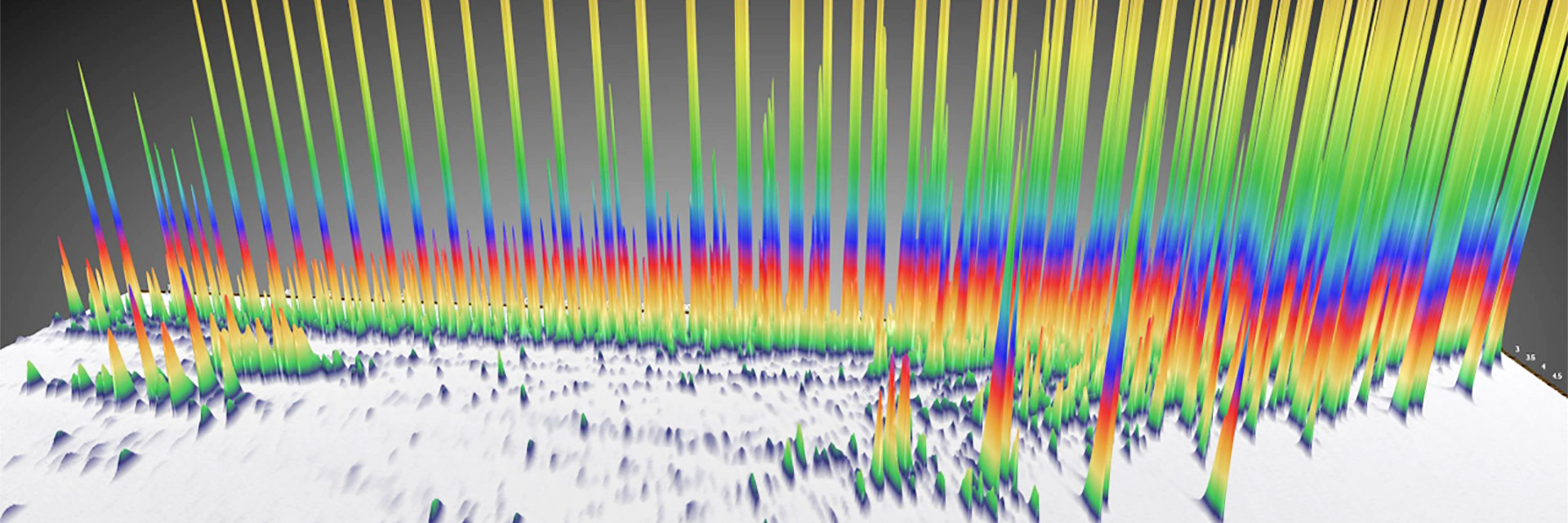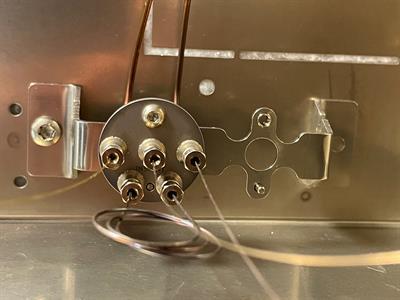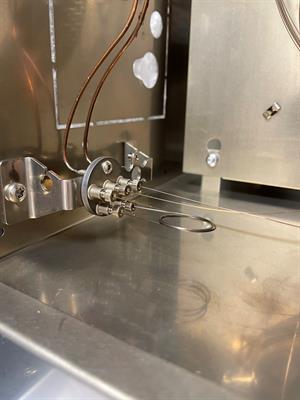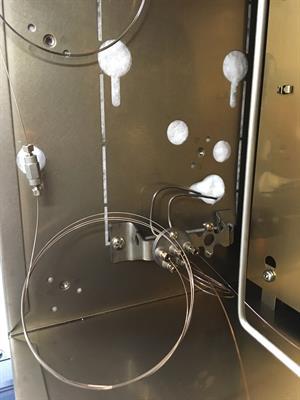

INSIGHT-Flow modulator for GCxGC
INSIGHT-Flow modulator for GCxGC
INSIGHT-Flow modulator for GCxGC

INSIGHT GC×GC flow modulator

INSIGHT GC×GC flow modulator in GC oven

INSIGHT GC×GC flow modulator
A GCxGC flow modulator for routine, high-throughput and discovery analysis
SepSolve’s INSIGHT®-Flow modulator uses best-in-class reverse fill/flush operation to deliver robust, repeatable and affordable GCxGC, ideal for GC laboratories requiring routine, high-throughput analyses, or discovery-based applications involving volatiles <C7, such as breath biomarker discovery and aroma profiling.
Download Brochure Why choose INSIGHT-Flow GCxGC flow modulator?
-
Cryogen-free
operation lowers running costs for routine GCxGC.
- No
volatility restrictions for confident analysis of VOCs (<C5) and SVOCs
- Complete
analyte transfer from 1D to 2D column
- Excellent
repeatability for routine applications – rigid retention times and peak area
RSDs typically <5%.
- Flexible
configuration options, including GCxGC, heart-cut GC–GC, backflushing and
parallel detection (e.g. TOF MS and FID).
- Retrofittable
to all popular GCs.
- A
compact design allows two INSIGHT devices to be configured in a single GC oven
for enhanced productivity through dual-channel acquisition.
-
Streamlined instrument control
and data processing using the ChromSpace®
platform.
- Bleed line control kit accelerates the change between column configurations
Please complete the form below to download your GCxGC flow modulator (INSIGHT) brochure
Download INSIGHT GCxGC modulators brochure